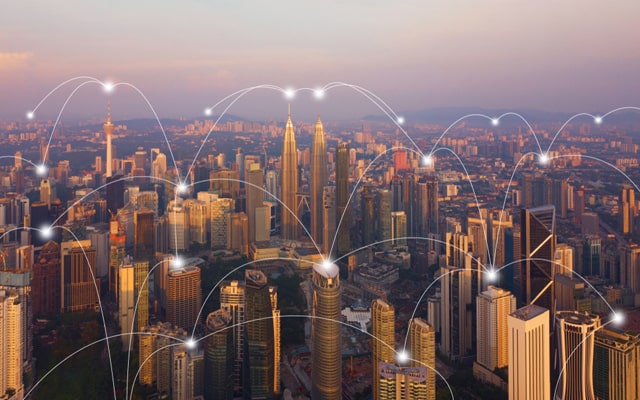



Budget Malaysia Tour Packages, Best Tour Operator in Malaysia , Local Tour Operator in Malaysia , Local Travel Agent in Malaysia, Travel Hed, One of the things you will find most fascinating about Malaysia is its people and culture. Being a multi-ethnic, multi-cultural and multi-lingual society of 28 million is no easy feat, as race continues to be a hotly debated issue and permeates almost every aspect of Malaysian life. The Malaysian population consists of 62% Bumiputeras, which includes Malays and the Indigenous peoples, 24% Chinese, 8% Indians, and the rest are other minorities. Or as we say in Malaysia, 'lain-lain' or others. Citizenship in East Malaysia or the states of Sabah and Sarawak are a little different from citizenship in Peninsular Malaysia for immigration purposes. When West Malaysians visit East Malaysia, they are required to bring their MyKad, a biometric smart chip identity card, which must be carried by citizens of Malaysia at all times. The Malays form the largest community, and they are defined as Muslims in the Constitution of Malaysia- in other words, if you are Malay, you are automatically Muslim. The Malays are the big brothers of politics, dominating the political scene. Their native language is Malay, the national language of the country. They are also sometimes called 'bumiputra', or 'princes of the soil' and are favoured with certain affirmative action policies. This has been a point of discontent with a lot of minorities. Among others, getting a 10% to 25% discount when buying a house and receiving government tenders and scholarships are some of these benefits. How did this come about? I'll tell you more in the economy section. The second biggest group are the Chinese. They are mostly Buddhists, Taoists or Christians. The Chinese community speaks a variety of Chinese dialects including Mandarin, Hokkien, Cantonese, Hakka, and Teochew- all from the native familial provinces in China. But today, many Chinese speak English as their first language; in fact there are some who speak only English. If the Malays dominate the political scene, the Chinese dominate the business scene. There is a sizable middle class consisting of the Chinese. The third biggest group are the Indians. The Indians in Malaysia are mainly Hindu Tamils from southern India whose native language is Tamil. Of course there are other Indian communities living here and they speak many dialects like Telugu, Malayalam and Hindi. Many middle to upper-middle class Indians in Malaysia also speak English as a first language. There is also a vigorous 200,000-strong Indian Muslim community that thrives as an independent cultural group. In fact, if you get hungry in the middle of the night, you most probably will head to a 'mamak', a kind of 24-hour restaurant that is often owned by an Indian Muslim. There is also a sizable Sikh community in Malaysia numbering over 100,000. The largest non-Malay indigenous tribe is the Iban of Sarawak, who number over 600,000. Some still live in traditional jungle villages in long houses along the Rajang and Lupar rivers, though many have moved to the cities. Then, there are the Bidayuhs, who number around 170,000 and are concentrated in the south western part of Sarawak. Then there are the Kadazans, the largest indigenous tribe in Sabah and they are mostly Christian farmers. Then there are the 140,000 Orang Asli, or aborigines, living in Peninsular Malaysia. Traditionally nomadic hunter-gatherers and agriculturalists, many have been partially absorbed into 'modern' Malaysia.